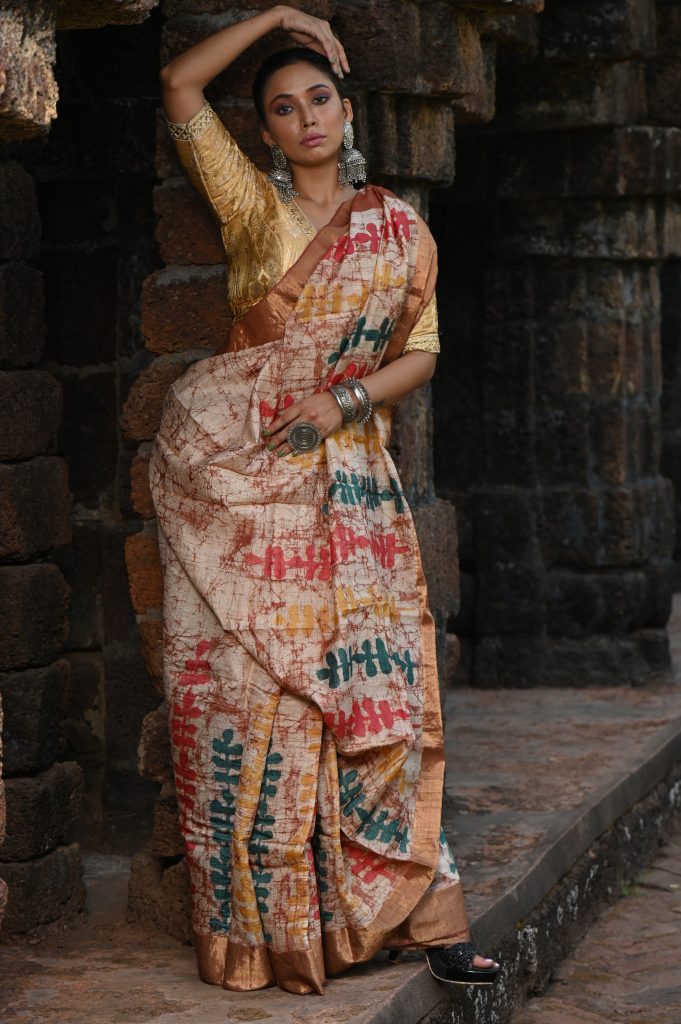Well, well, well, nowadays, you’ll find a retail garment shop trying to portray itself as a boutique at every nook and corner of the city. But is becoming a boutique so easy? So, what’s the difference between a boutique and a typical garment shop?
The word boutique originated in France, and it means a shop in French [butik]. However, the term “boutique” entered common English vocabulary in the late 1960s.
But although it represents a store or a shop, Boutiques are intended to provide their clients with a personalized experience. As an adjective, boutique means specialized in bespoke or custom-made products for clientele in a niche market.
The boutique’s owners’ creativity or sense of style is reflected in its collections. Unlike running the establishment like a regular retail store with staff and various mass collections, the boutique’s owner keeps a sleek range of products catering to a client segment of a preferred taste. As a result, you will find custom-made services and niche style clothing in a boutique, while standard and high-produced items for the masses are more on the line of a clothing store.
Most of the boutique owners have built the business from the ground up and often work in the store. Boutique store owners have poured a part of their soul into their stores. They are passionate about making it succeed. On the other hand, retail stores are owned by business houses and operated by managers.
Due to the trimmed structure, the boutiques can offer more personalized solutions to their clients, unlike the retailers. As a result, the relationship between the boutique and its clients tends to become more personal. It transcends the store-client relationship. Somehow it becomes a bonding for a style statement. Every client of a boutique becomes its brand ambassador.
A boutique line is usually handcrafted, personally designed often blended with an artistic passion. The style or the design that emanates from the creative, personal touches of a boutique can’t be compared with a mass collection of a retail clothing store.
A sense of charm and comfort differentiates a boutique from a retailer.
If you have a creative spirit with a unique taste and want to stand apart in the crowd, you’ll definitely try a boutique.

Following the tagline of “blending art in your attire,”Bandhuli’s handpicked saree designs attempt to spotlight India’s rich culture of art and handicrafts. From Madhubani paintings to kalamkari, from wood-block printing to wax batik, each piece of Bandhuli’s saree collection showcases these handcrafted designs.
Bandhuli procures the raw material for sarees directly from the local weavers in the villages and districts produced. The authentic Tussar silk comes from Chhattisgarh, while the cotton sarees are obtained from weavers in Bengal.


